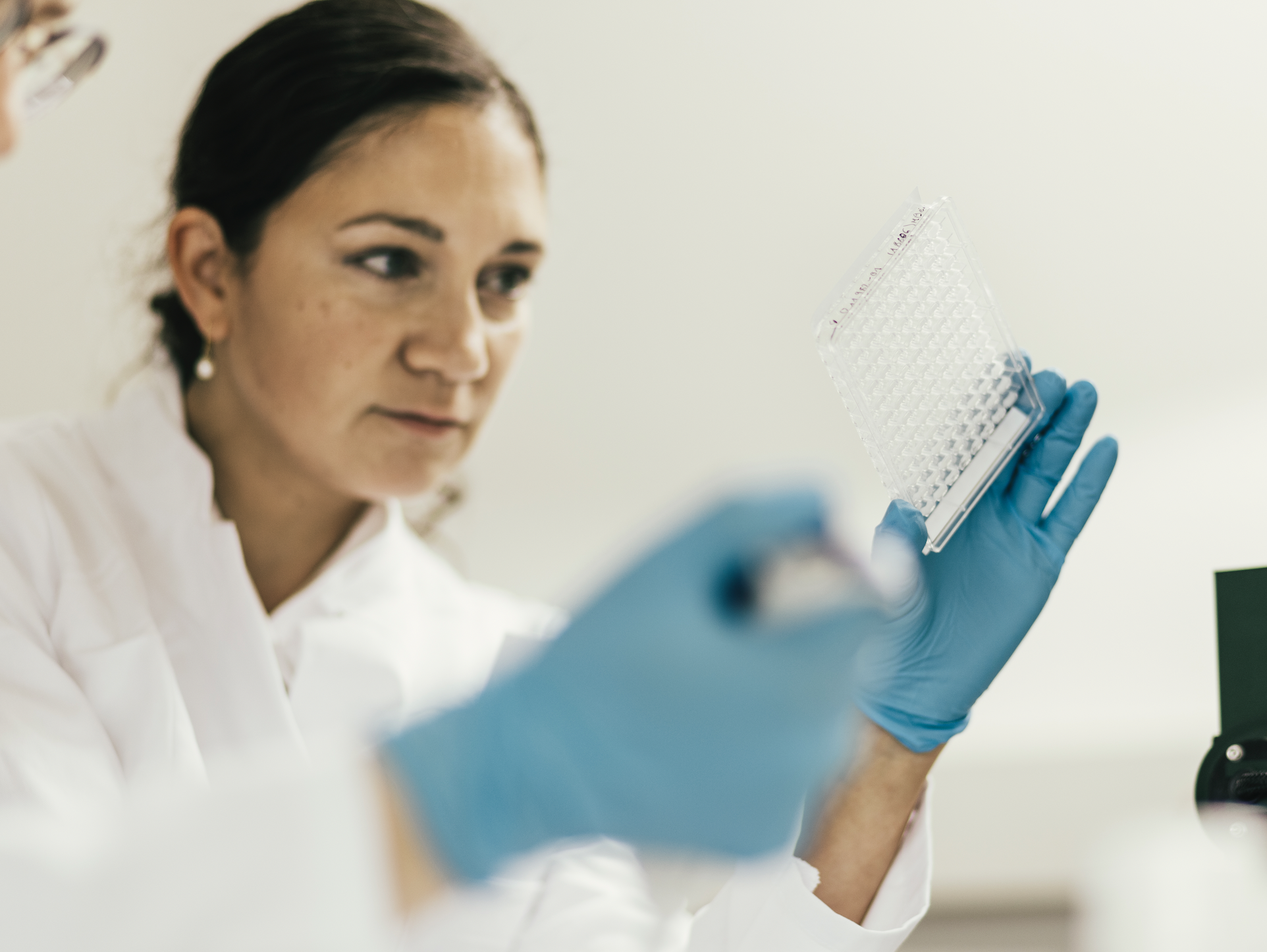
Microgravity:
Explore
biotechnology in
an entirely new
environment
We believe that harnessing microgravity has
the potential to lead biotechnology into a
new era of discovery and progress.
Benefits for
Life Science
Over 2000 experiments on the ISS have proven the beneficial effects of
microgravity on biological systems. Sounds like science fiction to you?
Convince yourself and learn more about benefits for life sciences in microgravity.
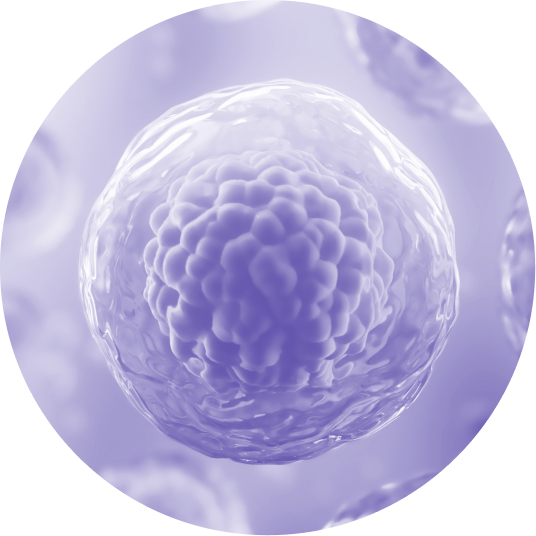
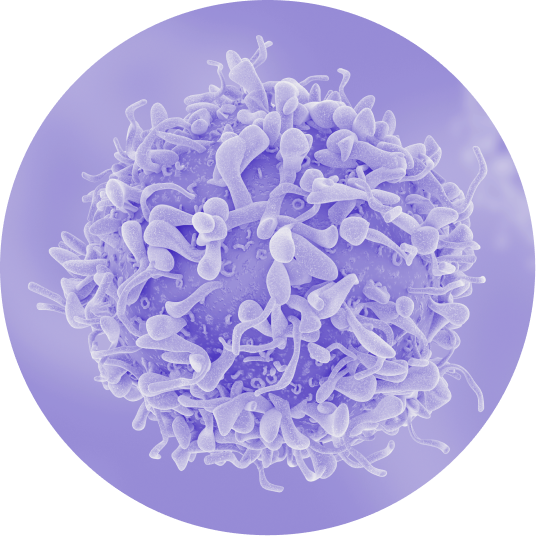
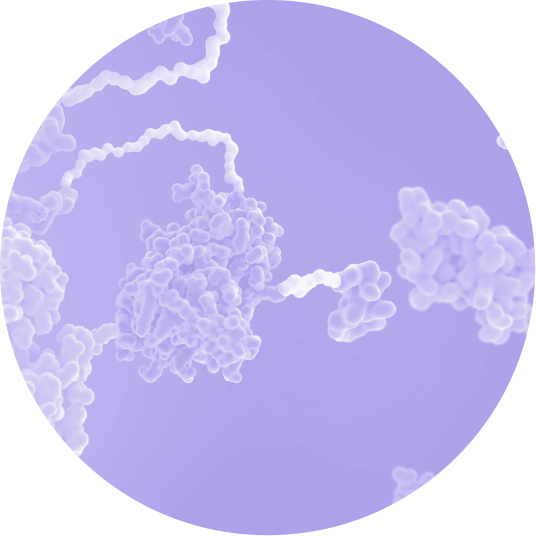
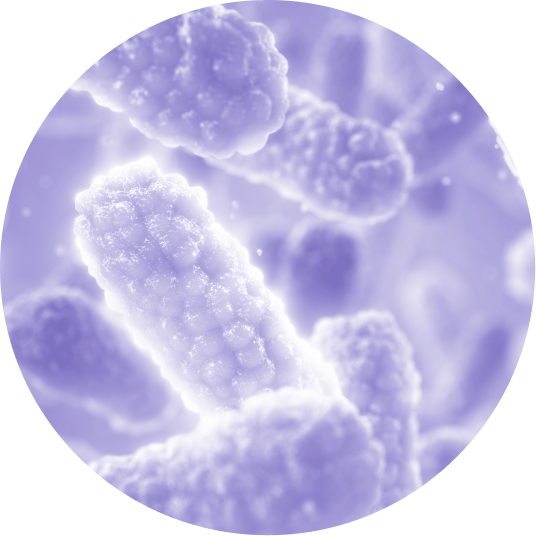
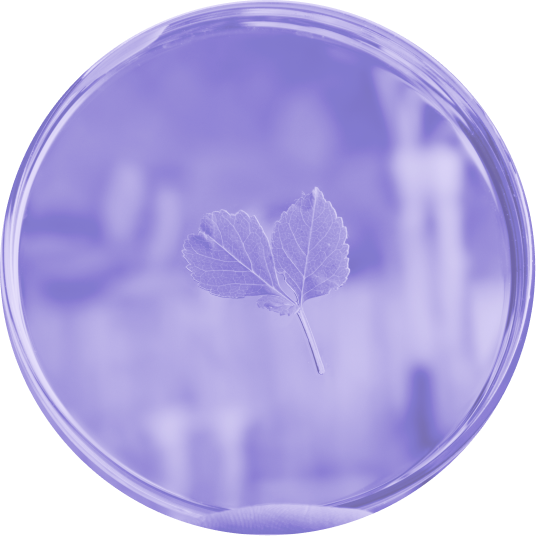
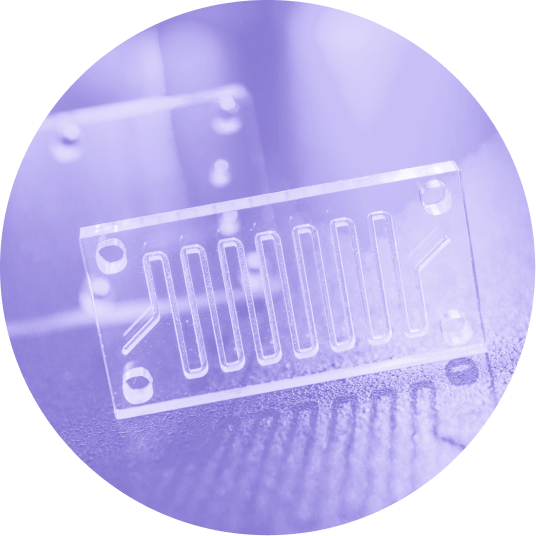
Growing cell
cultures in three
dimensions
Contrary to our planet, where cells are restricted in their
development, they can form complex 3D structures in
microgravity. This offers an entirely new perspective and
enables unexpected new discoveries when conducting
research on the behavior of cells, regenerative medicine
and the testing of drugs.
Modeling
human diseases
Ongoing exposure to microgravity initiates immune
dysfunction, bone loss, cardiovascular deconditioning and
loss of skeletal muscle. These artificial representations of
aging and existing diseases on Earth can be useful in
modeling human diseases. Therefore, microgravity enables
valuable insights and testing opportunities for therapeutics
in accelerated models of aging or disease.
Analyzing
proteins and
large molecules
The structures of proteins and other large molecules define
their function. Crystallization is a crucial method for
studying the structures of biomolecules. Microgravity allows
molecules to create larger crystals of higher quality, which
gives scientists the opportunity to examine the functions of
molecules important for health and disease in an
unprecedented manner. Pharmaceutical companies can
therefore improve drug design for innovation in drug
manufacturing, storage, specificity and efficacy.
Advancing
synthetic
biology
In synthetic biology, the structures and mechanisms of life
are being recreated through back-engineering. This offers
the possibility of a deeper understanding and a better
leveraging of those structures and mechanisms. Space’s
extreme environment adds up to the tools used in synthetic
biology, bringing many benefits to the discipline.
Studying plant
biology
Plants have the ability to “feel” gravity to know in which
direction to grow. In space, this reference point is not
presence, which has considerable effects on plant growth
and development. Studying these phenomena leads to
valuable insights into plant biology, useful for innovating the
ways humans use plants both on Earth and in space.
Advancing
nanofluidics
Microgravity strongly influences fluid dynamics and helps us
to better understand the complexity of biomedical devices
involving fluids. This is especially beneficial at nanoscale
level, where forces like diffusion are substantial.
Microgravity thus helps e.g. to improve drug delivery
systems or healthcare diagnostic tools.
Exciting
examples
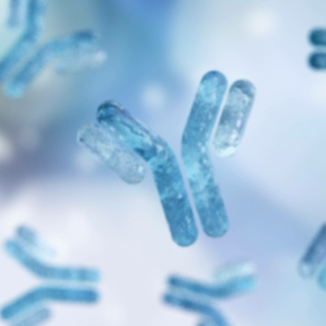
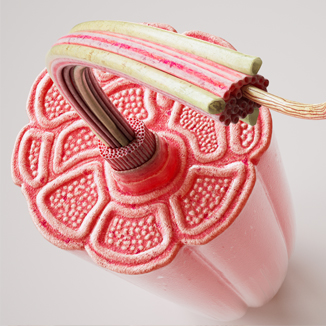
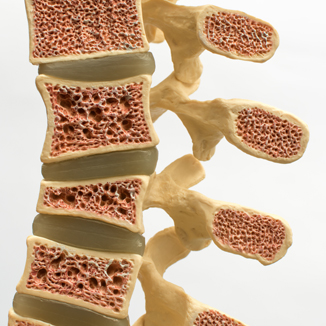
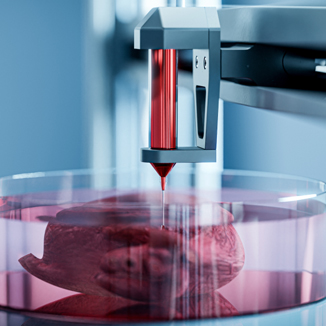
The “mighty mices” against degenerative muscle and bone diseases
Drugs from space against osteoporosis
In-space printed organs
Meet our scientists
By continuing to use the website, you agree to the use of cookies. See our Privacy Policy.
